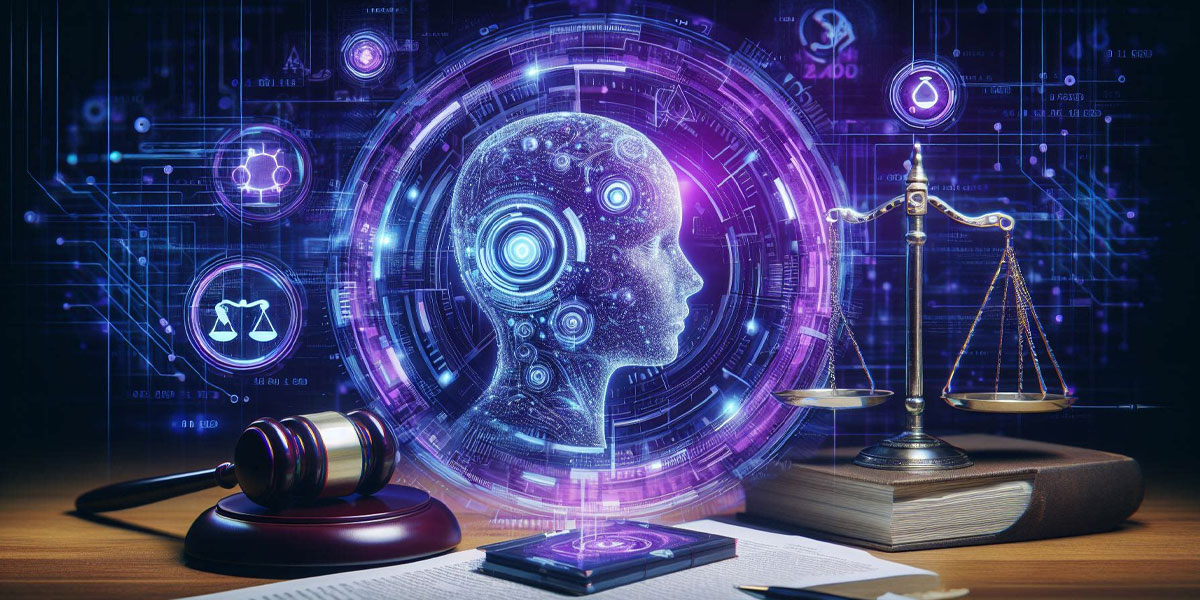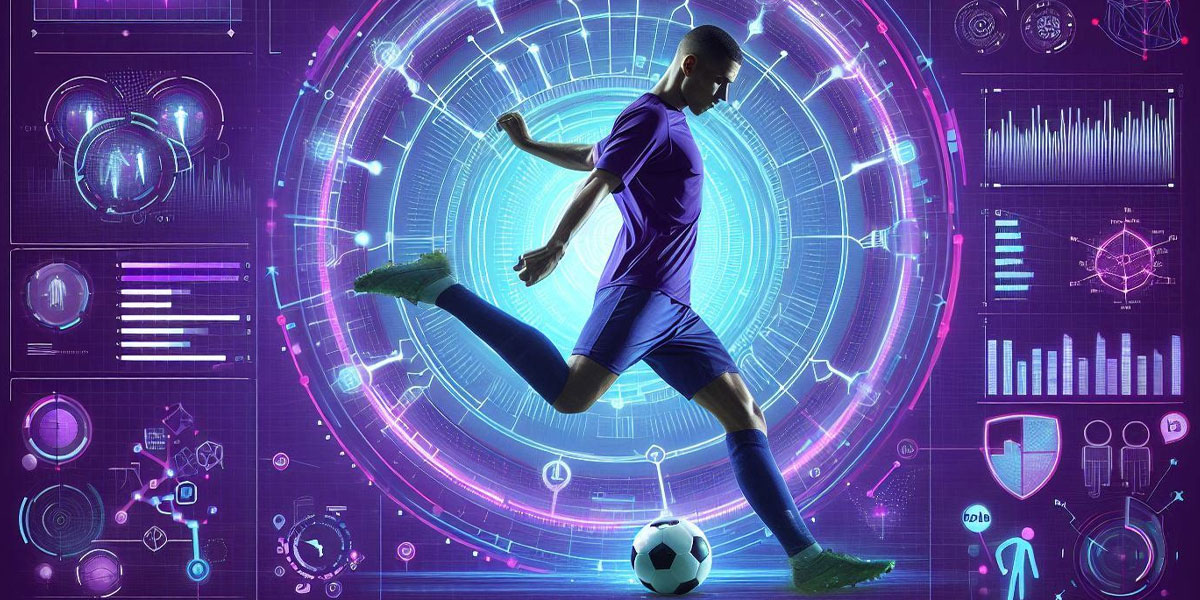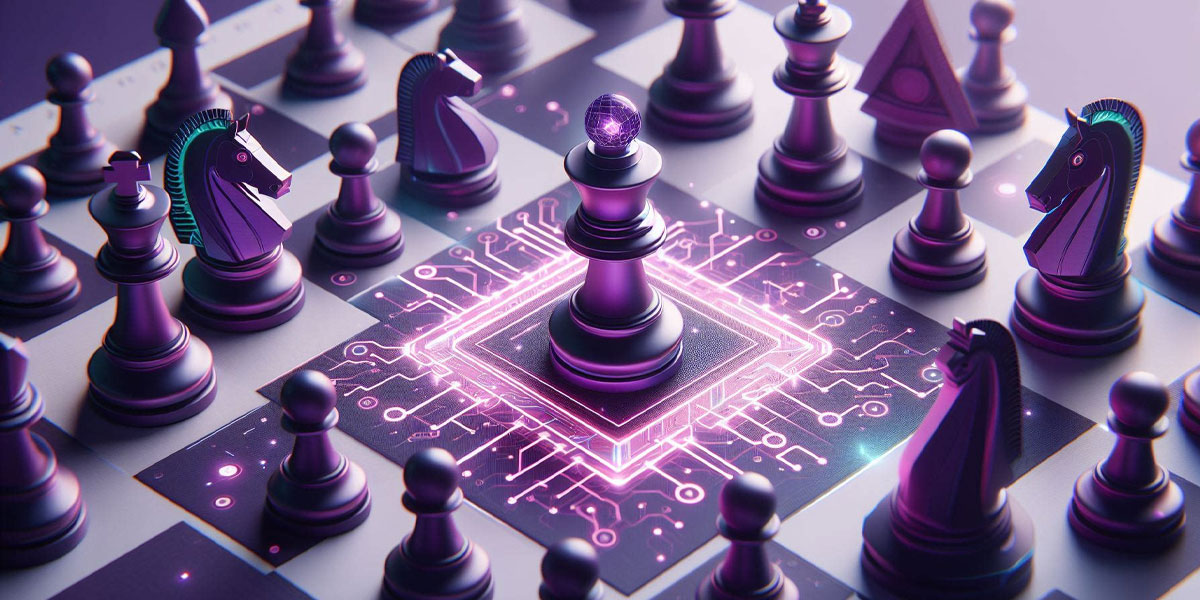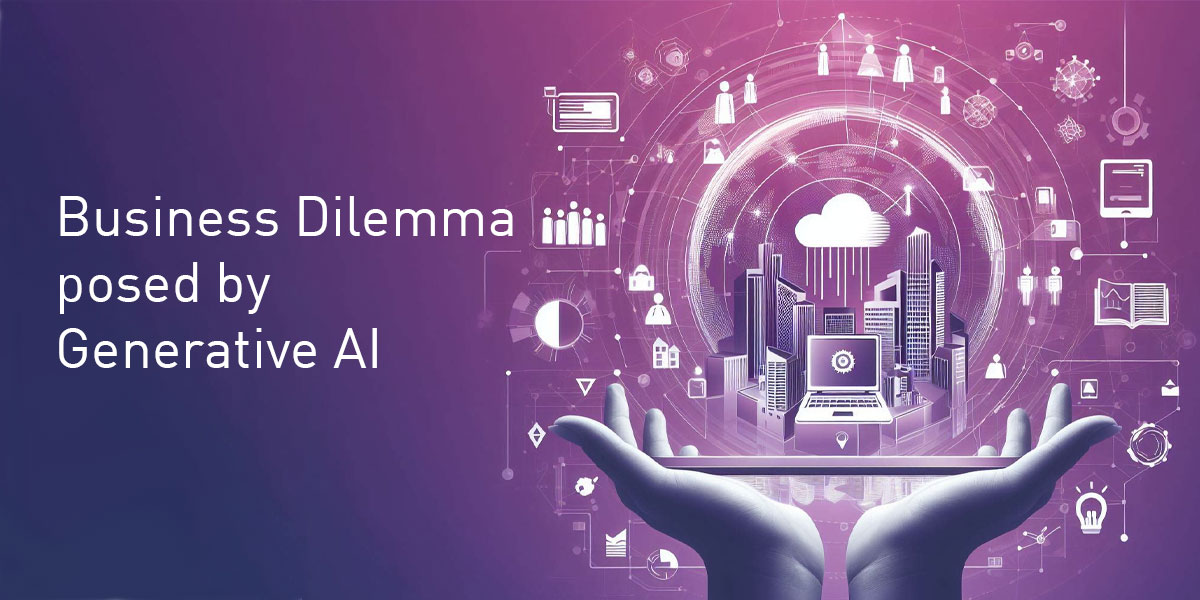Necessary cookies are absolutely essential for the website to function properly. These cookies ensure basic functionalities and security features of the website, anonymously.
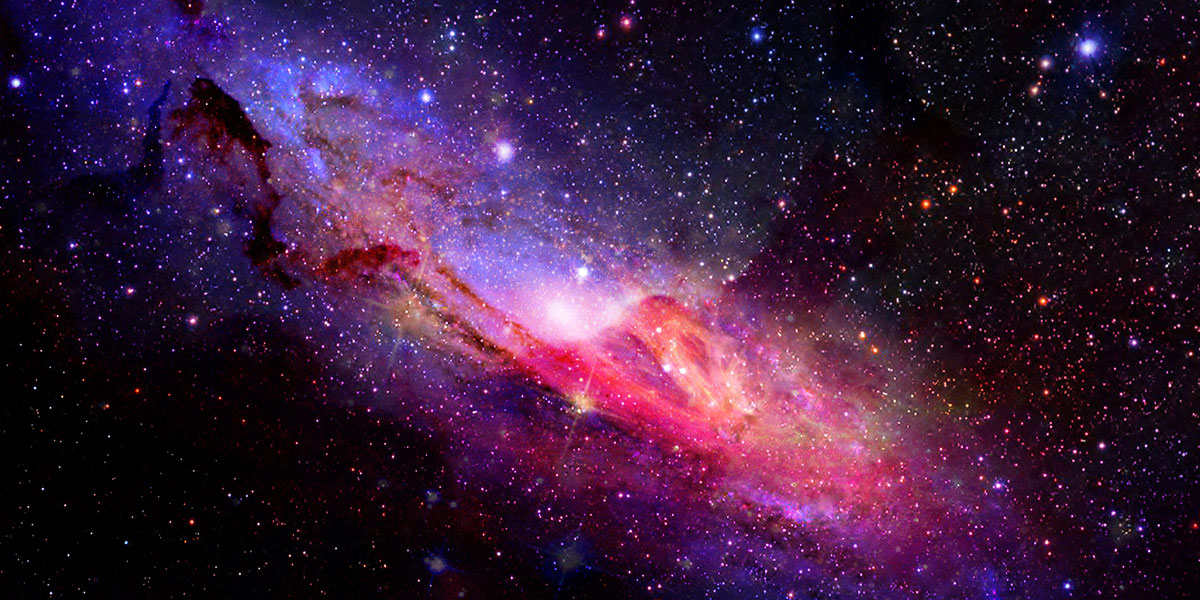
How AI and Machine Learning Illuminate Our Solar System and Beyond
Space has always fascinated us. For years, people have looked up at the stars, curious about the unknown. Now, thanks to the blend of space research and modern tech, things are changing. With the help of artificial intelligence (AI) and machine learning, we’re learning more about everything from our Sun to the furthest stars in the sky.
Calibrating Our Solar Gaze With AI
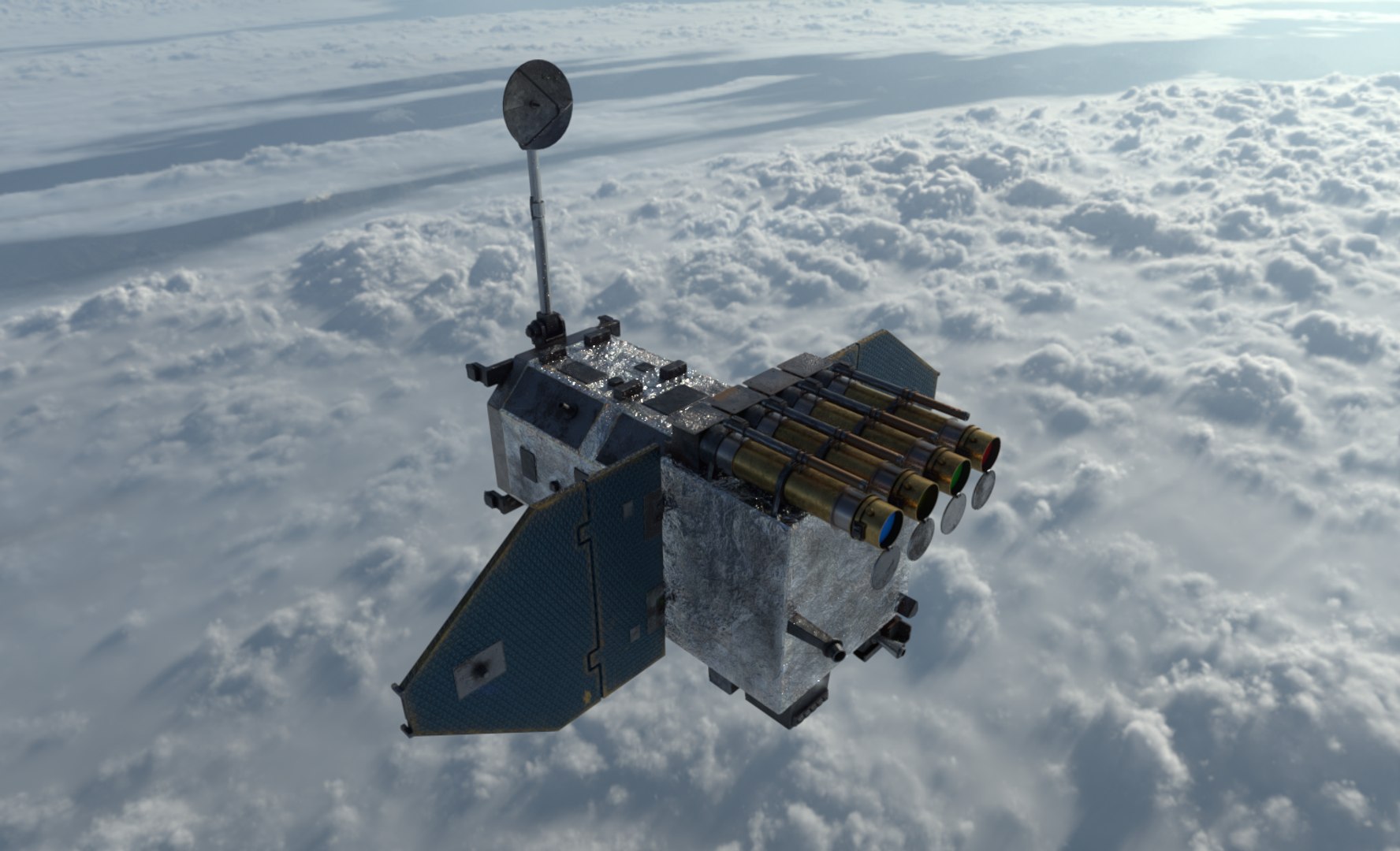
Our endeavour to study the Sun, that massive beacon of nuclear fission, has been full of challenges. Solar telescopes, like NASA’s Solar Dynamics Observatory (SDO), are constantly battered by the Sun’s barrage of particles and blinding light. It’s a daunting task to keep these instruments precise and accurate. Traditionally, scientists used sounding rockets for periodic calibrations, but this approach has its limitations. Enter machine learning: offering a more continuous and dynamic method for calibration. Through training algorithms using vast archives of solar images, machine learning can determine the exact adjustments needed to keep our view of the Sun clear and detailed, ensuring maintained data accuracy for researchers.
New Horizons and Cosmic Discoveries
Beyond the Sun, AI has opened doors to a universe full to the brim with undiscovered knowledge. A pioneering example comes from the Tata Institute of Fundamental Research (TIFR) in Mumbai and the Indian Institute of Space Science and Technology (IIST). Harnessing data from the Chandra X-Ray Observatory, operated by NASA, they trained their AI models on 277,000 images of cosmic objects. This resulted in thousands of newly discovered cosmic entities, from black holes and neutron stars to white dwarfs. It’s a remarkable testament to machine learning’s capability to sift through vast data and identify patterns and anomalies beyond human reach.
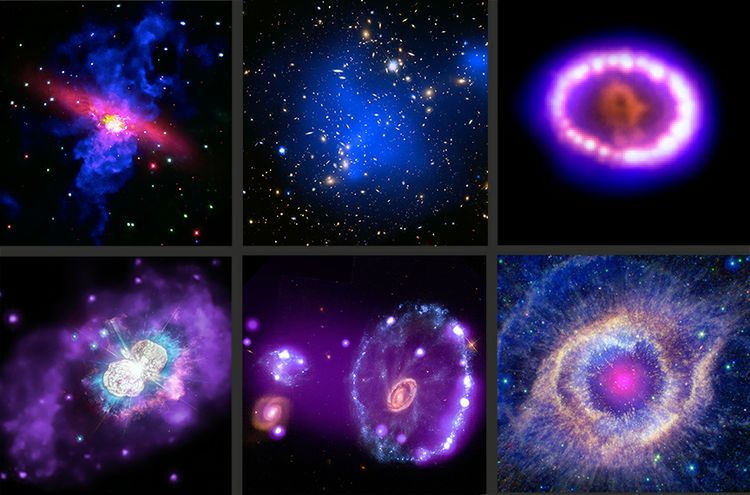
A Boost to Astronomical Research
These advancements in AI are not just enhancing our understanding, but are also revolutionising the way we conduct basic astronomical research. The current search of data from observatories around the world, complemented by open data access policies, has flooded researchers with invaluable information. Novel machine learning techniques are particularly promising in this area, although they are still in their infancy in astronomy. As we refine these methods and adapt them for astronomical research, we’re poised to make leaps in our understanding of the universe. The potential is enormous, from classifying countless cosmic objects to drawing deeper, more insightful conclusions about our universe’s intricacies.
Conclusion
As we move forward, the synergy between AI and astronomical research holds great promise. Even as we enhance our understanding of close celestial neighbours like the Sun, machine learning continues to broaden our horizons. While we’ve made enormous strides, it’s evident that we’re only at the dawn of this current age of space exploration using emerging technology. I personally think it’s an exciting time to watch out for new discoveries, to fully understand what we see when we look up.


